

fetching latest news
News tagged in:

OPEC+ pumps approximately 40% of the world’s crude and policy decisions can have a significant impact on prices.
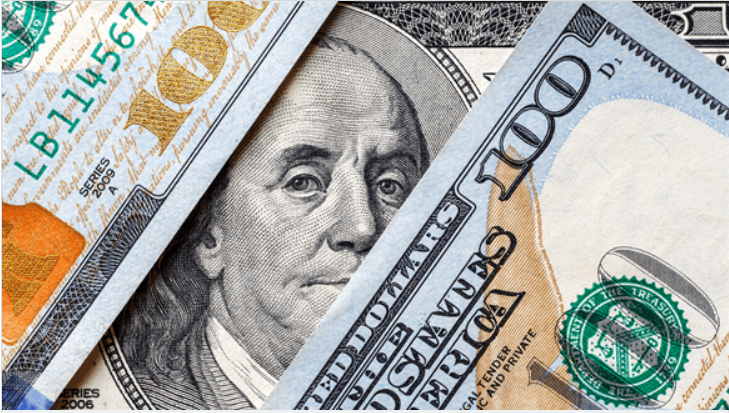
Demand for oil, at least on the U.S. front, turned out higher than expected last week. But the real surprise, and no way that phrase could have been better defined, was in OPEC+ decision to add a cool 1.7 million barrels daily to its November announced cut of 2.0 million barrels per day.
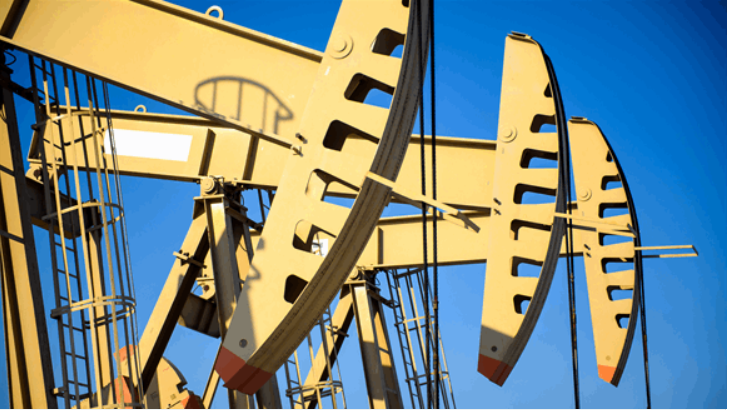
Bond traders have painfully learned not to fight the Fed - now, OPEC+ is attempting to train oil traders not to fight its decisions.
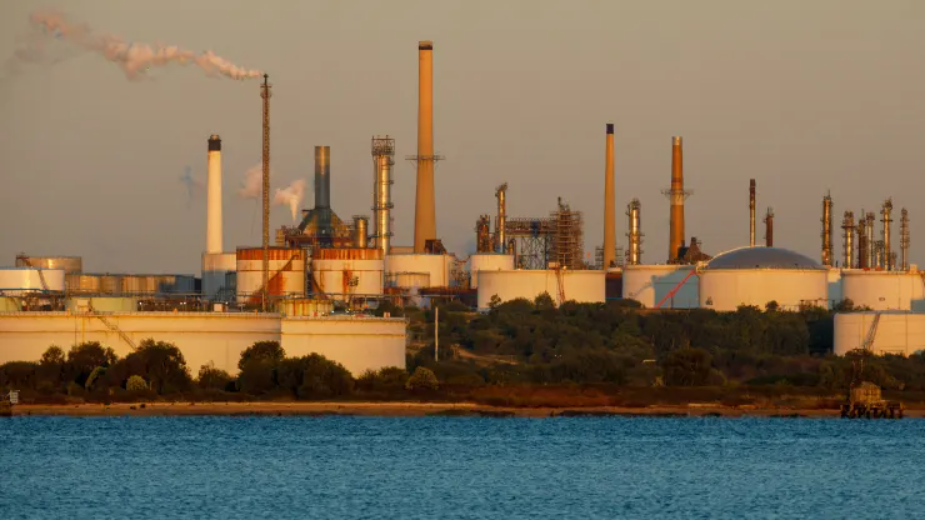
On Sunday, OPEC+ announced a production cut of 1.16 million barrels per day, in a move that oil markets were not expecting. Some analysts are forecasting oil prices to be driven up to $100 per barrel.
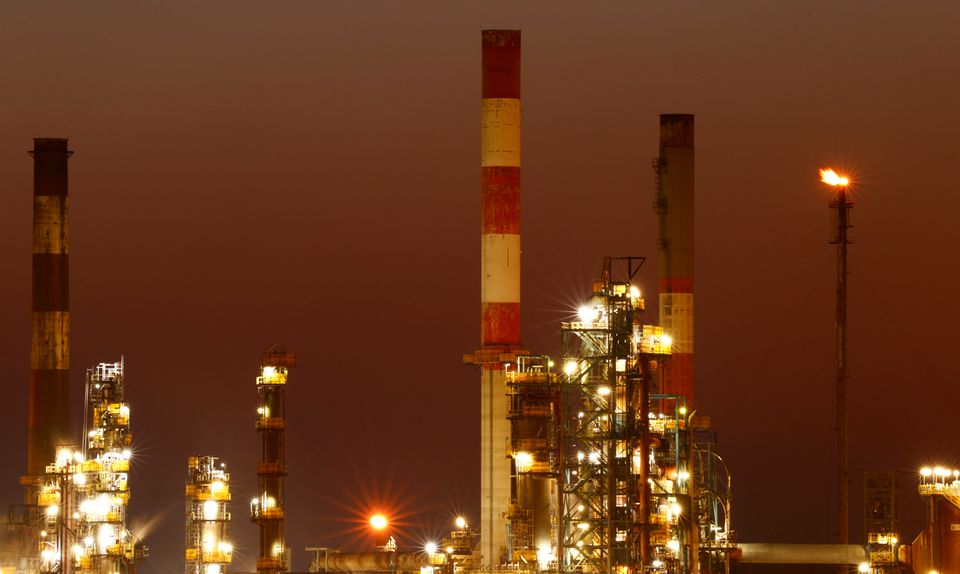
Oil rose on Monday as supply concerns driven by lower OPEC output, unrest in Libya, and sanctions against Russia outweighed fears of a demand-sapping global recession. Eurozone inflation hit yet another record high in June, strengthening the case for rapid European Central Bank rate increases, while U.S. consumer sentiment hit a record low. Brent crude rose $2.26, or 2%, to $113.89 a barrel by 12:47 p.m. ET (1648 GMT) after falling more than $1 in early trade. U.S. West Texas Intermediate (WTI) crude rose $2.20, or 2%, to $110.63, in thin volume during the U.S. Independence Day holiday.
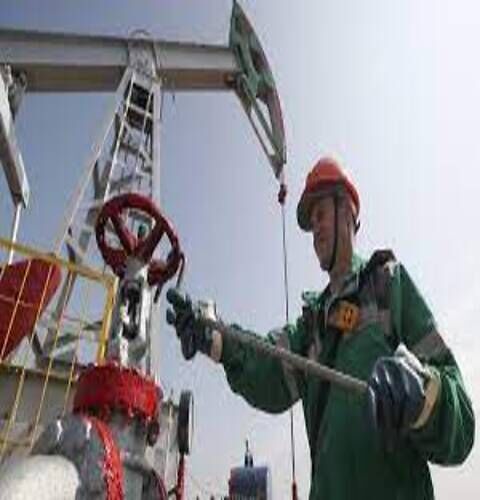
Crude oil production by OPEC and its partners fell to a six month low of 41.58 million b/d in April as Russian production took a battering from Western sanctions
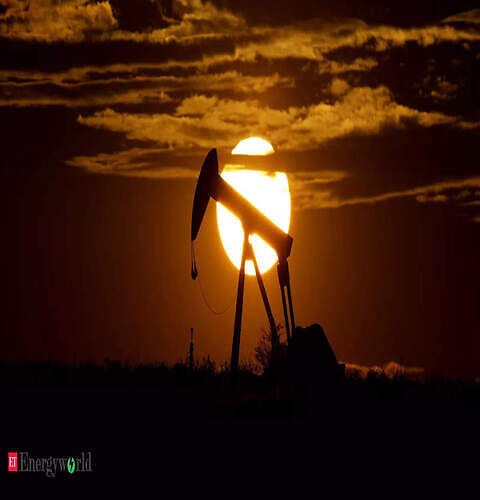
London, May 5 (AP) OPEC and allied oil-producing countries have decided to stick to a modest increase in production, even as Europe's proposed phaseout of Russia oil threatens to yank millions of barrels off a global market already thirsty for crude.
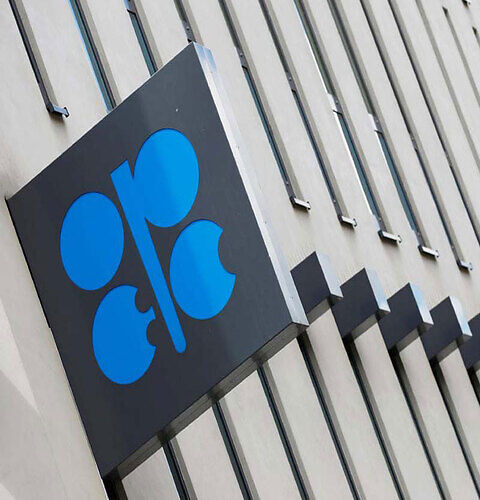
"The Organisation of Petroleum Exporting Countries (OPEC) yesterday said with all current market dynamics at play, the global oil supply market could have as much as 240 million barrels of emergency crude oil in the next six months."
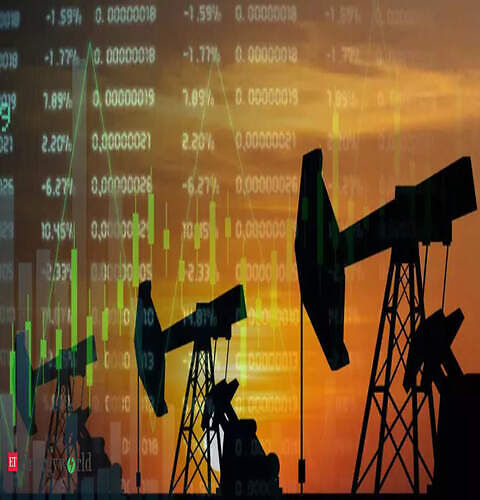
The meeting on Thursday also comes as the European Union is eyeing a ban on Russian oil imports, following similar moves by the United States, Britain and Canada.
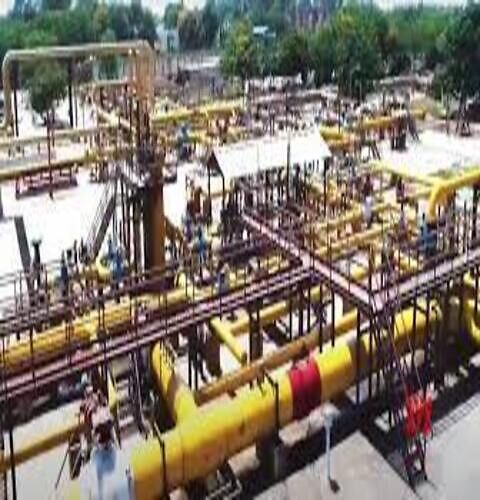
The OPEC Fund for International Development will finance 14.3 million U.S. dollars for the second phase of the studies in the submarine Nigeria-Morocco gas pipeline project.
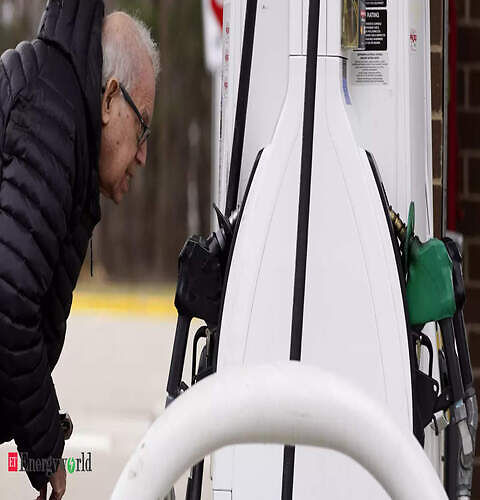
In a monthly report, the Organization of the Petroleum Exporting Countries (OPEC) said world demand would rise by 3.67 million barrels per day (bpd) in 2022, down 480,000 bpd from its previous forecast.

It will also evaluate the Russian offer to sell crude oil at discounted prices after considering aspects such as insurance and freight required to move the fuel from the non-traditional supplier.

U.S. shale producers and OPEC, who not long ago were waging a price war, this week found themselves on similar sides as oil prices have surged well above $100 a barrel: in no rush to rapidly boost production.
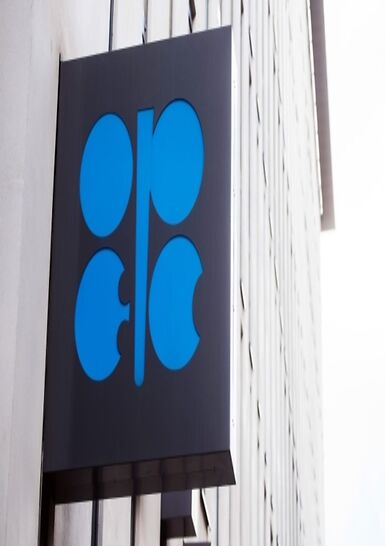
The United Arab Emirates said it will call on its fellow OPEC+ members to boost oil output faster, a dramatic U-turn that could set the country against fellow members of the alliance led by Saudi Arabia and Russia.
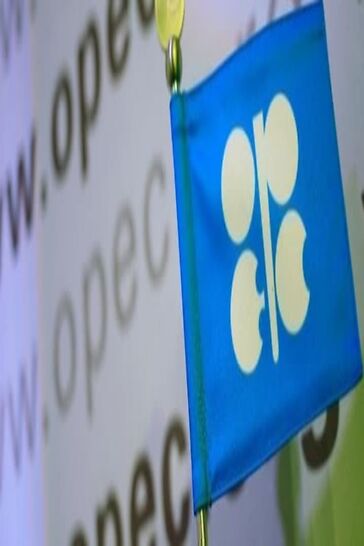
The OPEC+ cooperation is facing a possible breakdown following Russia’s military invasion of Ukraine. Russia’s aggressive military moves towards Ukraine will have a negative impact on the oil market cooperation between OPEC and Russian-led non-OPEC members.
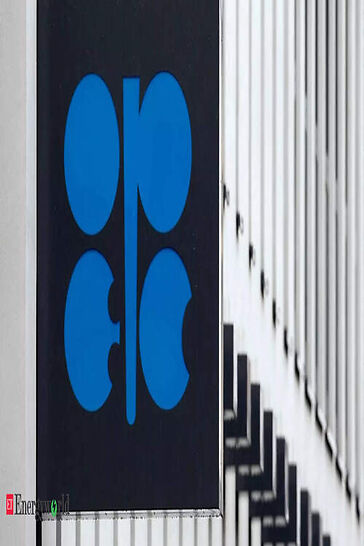
Tight oil supply has also given impetus to booming energy markets, and the report from the Organization of the Petroleum Exporting Countries also showed the group undershot a pledged oil-output rise in January under its pact with allies.
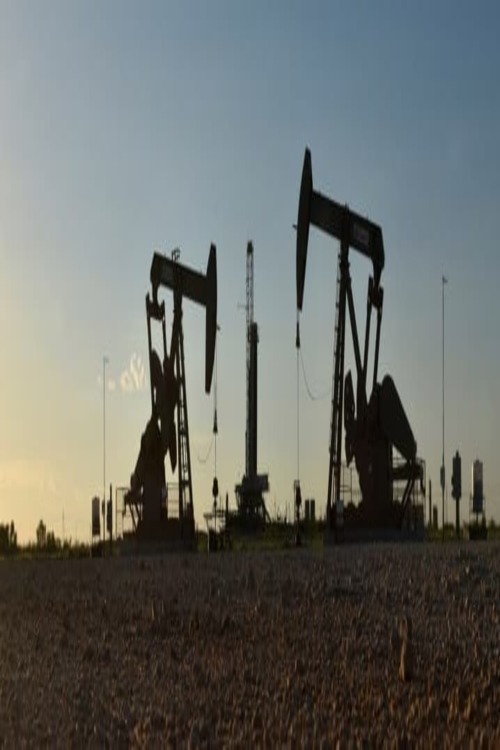
OPEC+ may decide on Wednesday to announce a larger production increase for March than the usual 400,000 barrels per day, considering the oil price rally to $90 and the potential for renewed discontent from major oil importers at these high price levels, Goldman Sachs said in a Tuesday note. “We view growing potential for a faster ramp-up at this meeting,

Brent crude touched $90 per barrel briefly this week for the first time in years. This latest jump was attributed to tensions around Ukraine, but this is the most transitory reason for oil price rises. The bigger reasons all have to do with fundamentals. And $90 per barrel of Brent may be only the beginning.